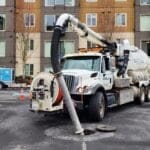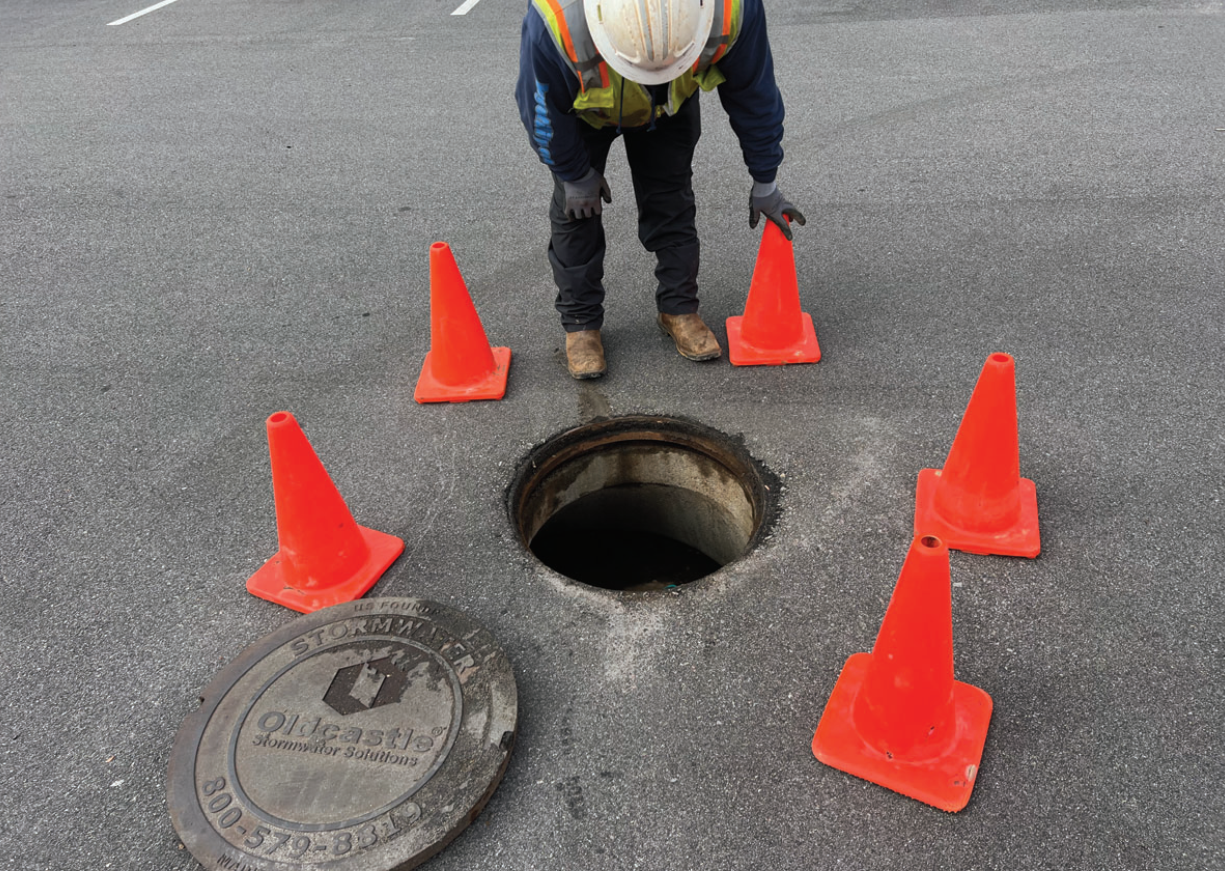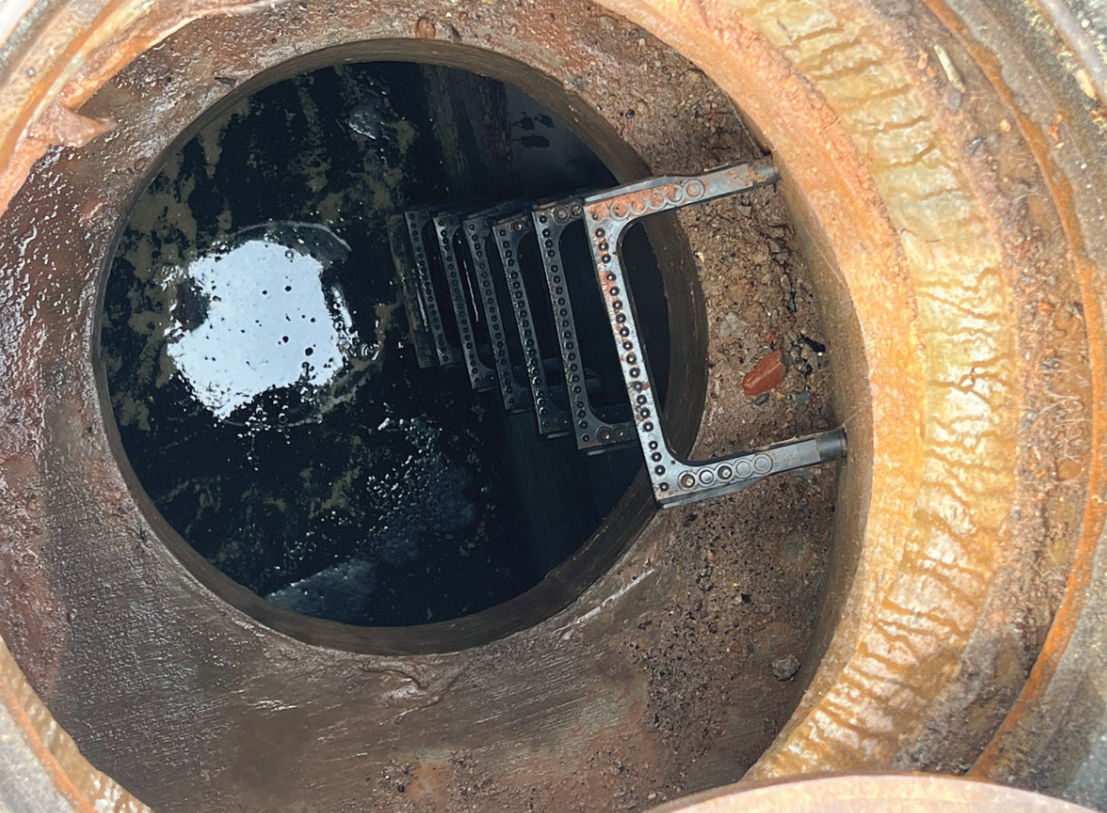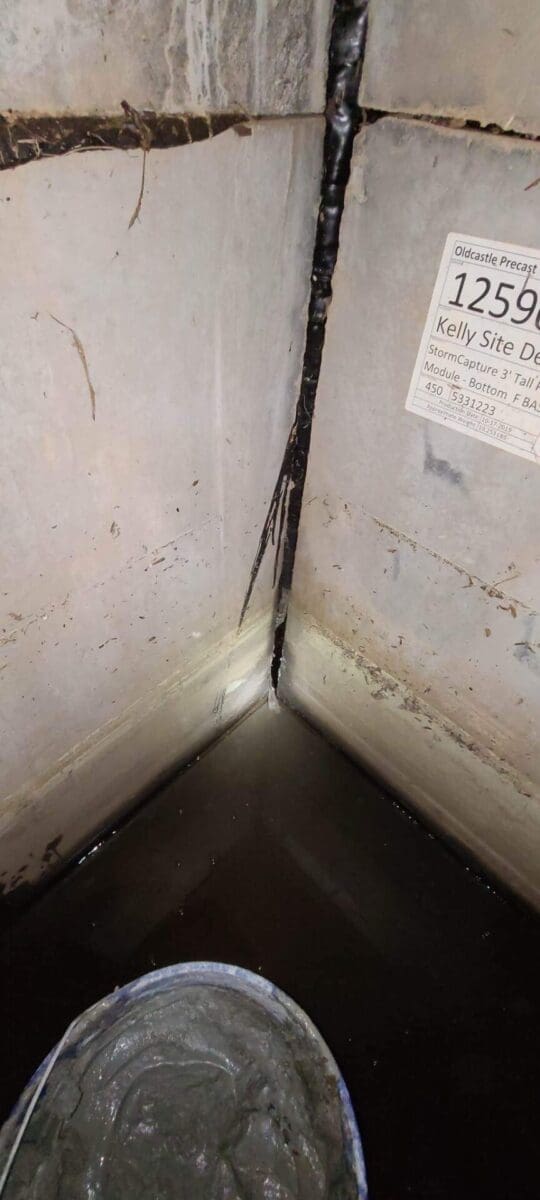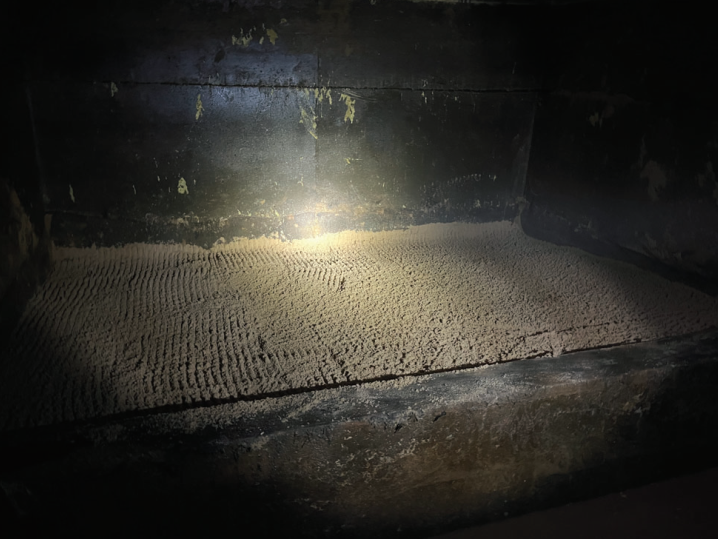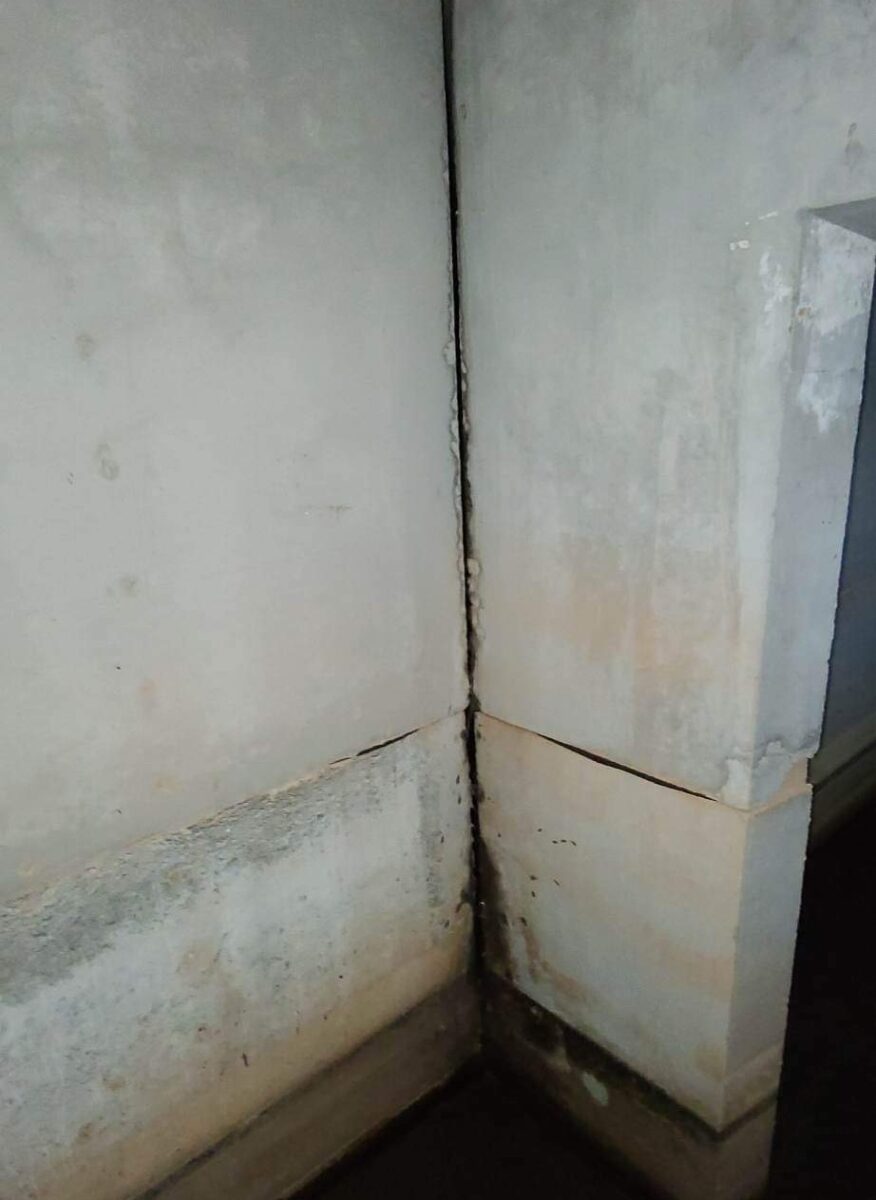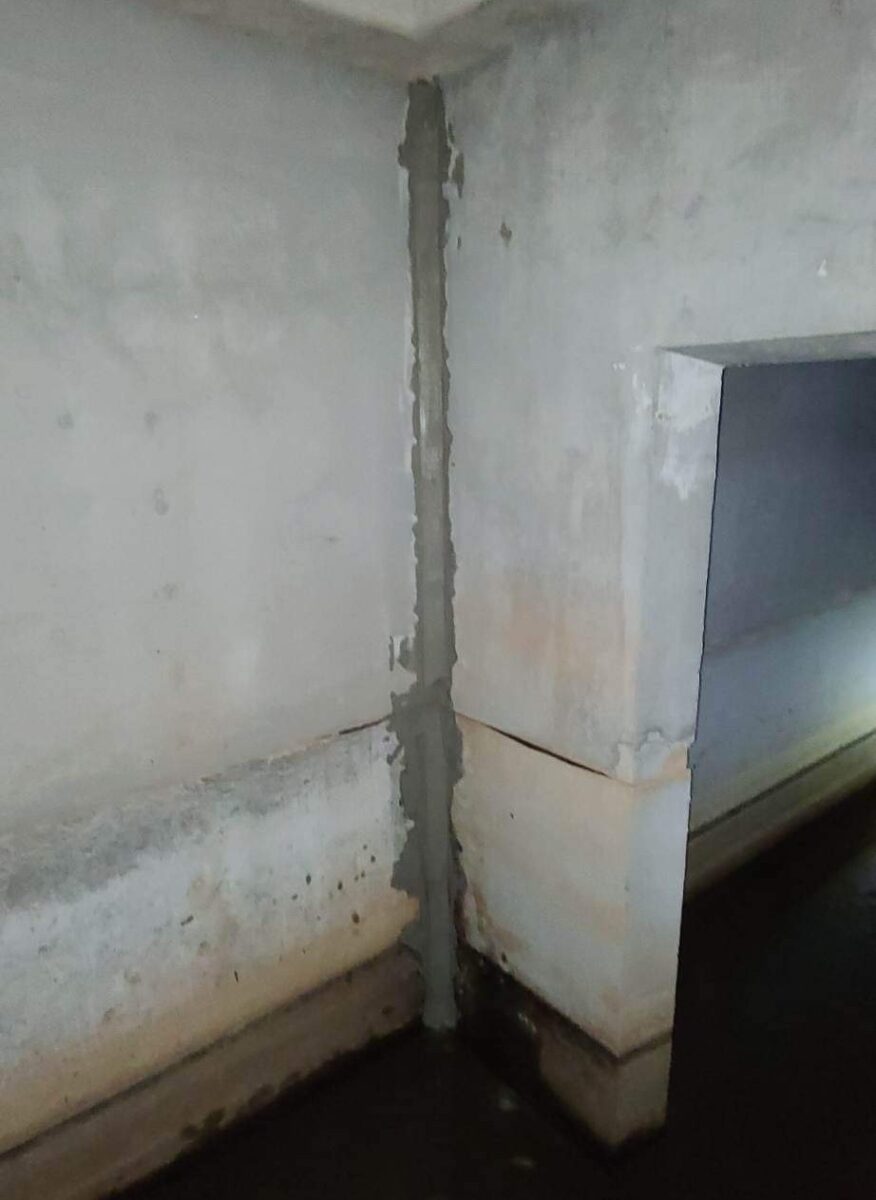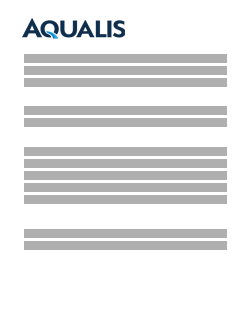Morrisville, N.C. From Inspection to Restoration
Morrisville, N.C |
Property Management |
Stormwater Repairs & Rehabilitations
Overview:
The City of Morrisville conducted an inspection of an apartment complex and found several deficiencies and areas of concern within the stormwater systems. AQUALIS was brought in to quickly assess the situation and resolve the issue before it escalated further.
Problem:
During an investigation at an apartment complex with the city’s stormwater engineer, it was found that the stormwater chamber on site had experienced significant water loss. Later, this was determined to be caused by a large crack in the vault, allowing untreated stormwater to leak externally. The city’s stormwater engineer recommended that the cracks be sealed to prevent further deterioration. The engineer also noted extensive vegetation overgrowth above ground, preventing proper water flow into the system.
If the cracks had been left unresolved over time, they would have likely widened due to water pressure and erosion. Cracks in the wall allow water to bypass the weir, leading to inaccurate flow measurements and poor flow control. This could result in downstream flooding, upstream pooling, increased sediment and degraded water quality. Unrepaired damage could also result in regulatory violations, fines or the need for more disruptive and expensive repairs or even full reconstruction.
In addition to the weir wall issues, a missing cleanout cap on the sand filter needed to be replaced. Without the cap, trash and debris had entered the filter, reducing its ability to remove pollutants and sediment runoff. Sand filters are designed to capture these materials before water leaves the property, protecting downstream waterways and preventing blockages in the system. The cleanout cap seals the opening of the sand filter while allowing maintenance crews to access the interior for cleaning, flushing and inspection. When damaged or missing, the filter is exposed to additional debris and odors, increasing the risk of failure. Replacing the cap was essential to restoring the site’s water quality treatment, and the city recommended regular maintenance to ensure long-term performance and compliance.
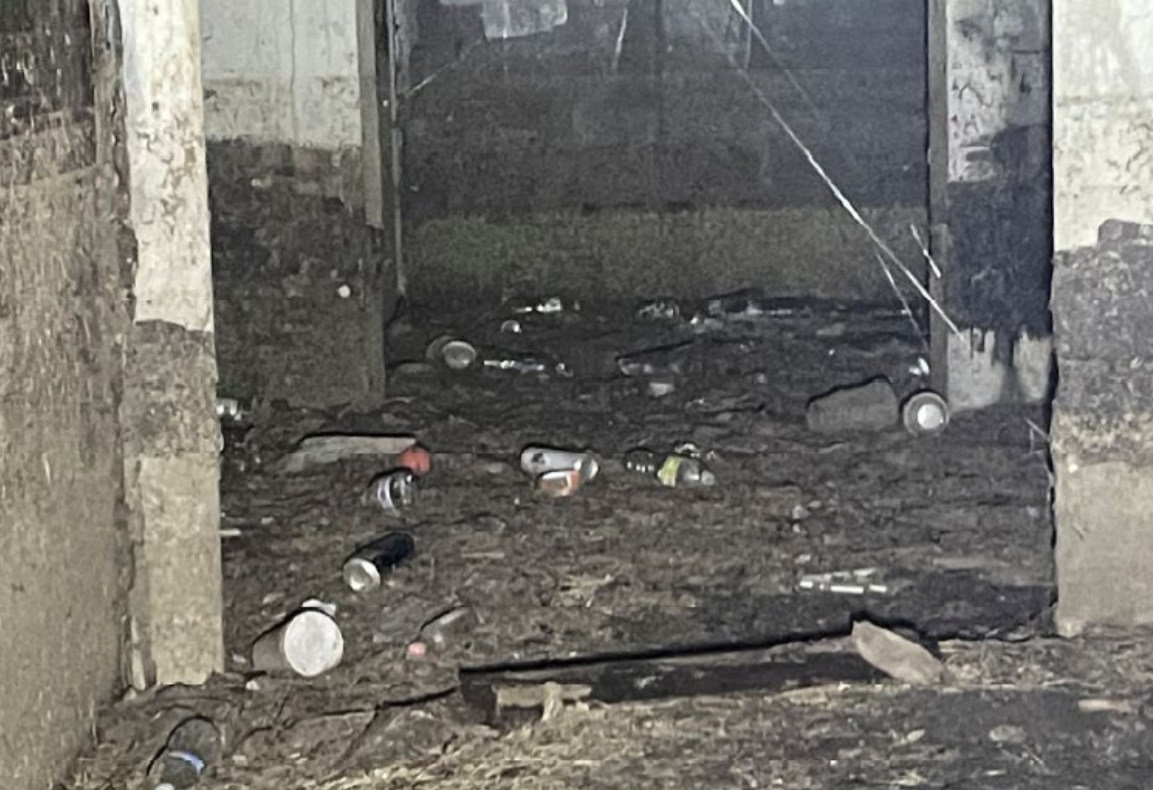
Before
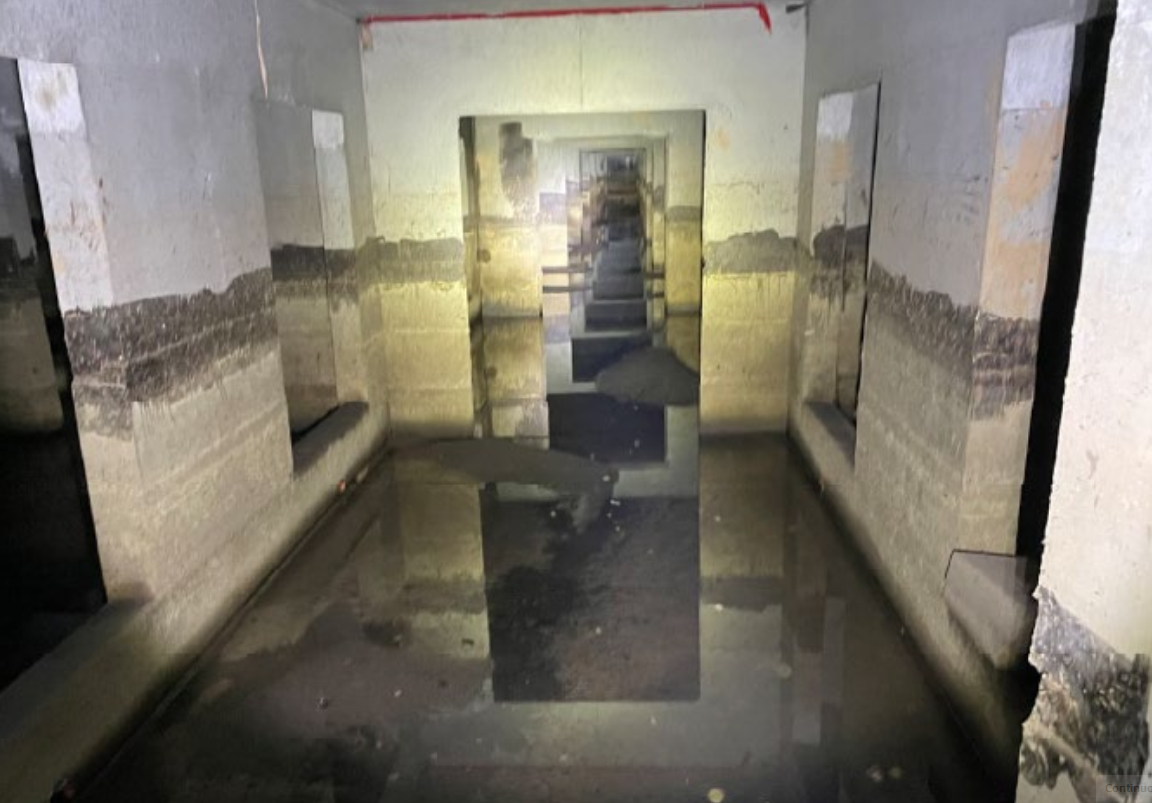
After
Solution:
AQUALIS’ skilled team members began by using a jet Vactor combo truck to clean the sediment chamber, removing all accumulated sediment, trash and debris. Crew members also manually shoveled debris and sediment from the chamber to ensure detailed and thorough cleaning
To address the structural concerns, all cracks were sealed to allow the system to hold water and prevent further damage. Once sealing was complete, the team inspected the area of dry concrete and elevation change to verify system integrity.
Next, the team turned their attention to the sand filter. All accumulated trash and debris were removed from the underground sand filter chamber and replaced with fresh media. This was done to prevent covering of the structure and allow for optimum discharging of stormwater runoff. The cleanout cap was then replaced with a new one to restore full functionality.
Once both assets were cleaned, repaired and confirmed to be functioning properly, the AQUALIS team demobilized the site and disposed of waste at an appropriate off-site facility. A reinspection was scheduled to confirm continued performance and compliance with the city’s stormwater requirements.
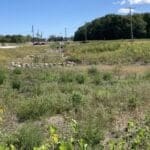 Kenosha, Wis. Highway KR Regenerative Stormwater ConveyanceThe Root-Pike Watershed Initiative Network Kenosha County, and others worked with AQUALIS to design and implement an innovative solution for stormwater control along Highway KR.
Kenosha, Wis. Highway KR Regenerative Stormwater ConveyanceThe Root-Pike Watershed Initiative Network Kenosha County, and others worked with AQUALIS to design and implement an innovative solution for stormwater control along Highway KR.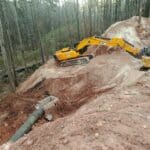 Durham, N.C. Sinkhole Leads to Stormwater System RehabilitationThe tenant on this property noticed a depression that opened to the ground below and notified the property owners.
Durham, N.C. Sinkhole Leads to Stormwater System RehabilitationThe tenant on this property noticed a depression that opened to the ground below and notified the property owners.